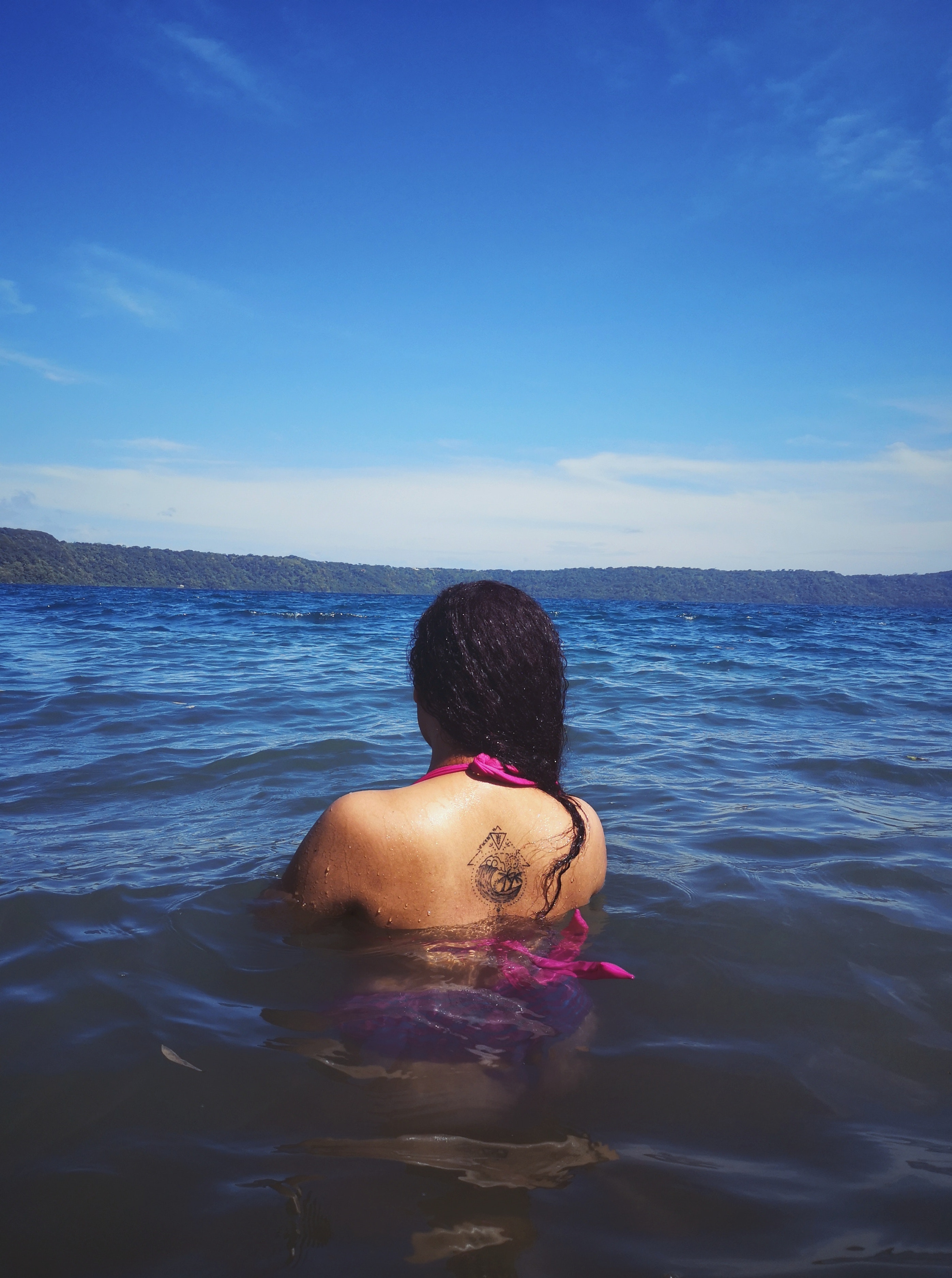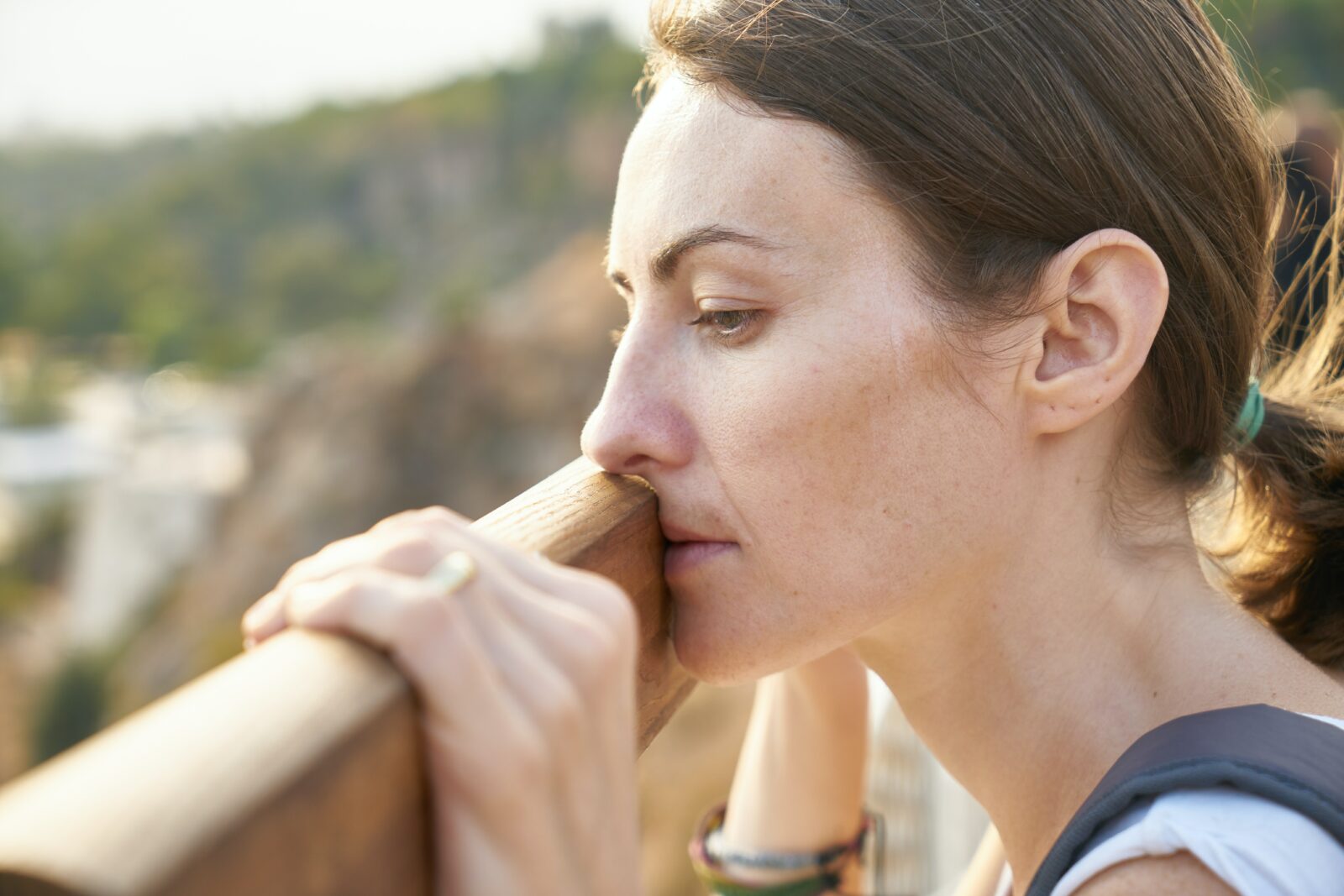At MUTU HQ, we’re huge fans and love the health benefits of wild swimming. Our CEO Wendy loves it and shares a few of her chilly swims on Instagram!
But if you’ve never done it, you may wonder what all the hype’s about, or be concerned about safety. That’s why we’re going to dive into the basics of wild swimming together, to inspire you take the plunge.
What is wild swimming?
Wild swimming basically means swimming outdoors in a natural body of water – the sea, lakes or rivers. Depending on where you live, that is likely to mean a pretty *cold* natural body of water. It’s exploded in popularity and in practice, ranges from a quick dip on a sunny day, to all-year-round cold water ocean or lake swimming.
Swimming is a great form of exercise, giving you a full body workout without the stress on your bones and muscles endured by other activities.
When lockdown hit and swimming pools closed, wild swimming as a thing really took off. And by ‘wild’, we don’t mean bathing naked – although that’s always a fun option. We’re talking about swimming outdoors in lakes, rivers or seas.
Why is wild swimming so popular?
Stating the obvious, the water’s often cold. Particularly in the winter months. And while that means you’ll hear plenty of squeals, laughter and probably a few blue words, cold-water immersion is renowned for its health benefits.
That’s because immersing yourself in cold water gives your body’s immune system a boost, releasing more white blood cells and antioxidants. This in turn brings down your blood pressure and cholesterol.
It’s great for your circulation, as your blood rushes to protect your vital organs. This in turn encourages your heart to pump faster, which improves blood flow. Another plus of this increased circulation is that toxins are flushed out of your system, leaving you with skin that glows.
Some studies suggest being in cold water reduces inflammation, too. And people with health conditions such as asthma, depression, allergies and fibromyalgia all report an improvement in their conditions – it may need more research to determine a clear link, but many of us are very already convinced of the evidence!
Impact of wild swimming on your mental health
Again, while there’s room for plenty more research, we know from experience how good we feel after a sea swim.
There’s knowing you’ve committed to something, of slipping on your swimsuit, rash vest and even a wetsuit, and actually doing it.
There’s a real sense of being mindful and present while you swim – if only because you’re keeping a lookout for seaweed and jellyfish 😱 And, of course, there’s that ‘Whoop! I did it!’ sense of achievement.
Thanks to its rise in popularity, there are plenty of local wild swimming groups you can join online, who organise regular swimming meet-ups. So not only is it a healthy and rewarding activity to do with friends, it’s also a great way to meet and connect with like-minded people.
Finally, there’s also the joy of connecting with nature. Whether you choose to take a dip in a local river or in the sea, the scenery is often beautiful – more so on a bright, sunny day. Let’s hear it for Vitamin D 😎
How to swim safely
Swim with friends – having at least one swim buddy is a good way to keep safe. But if they’re not so keen, you could search out local swimming groups on social media. The more the merrier.
Check the depth and the current – Don’t just dive in, do your research and understand the water you’re swimming in before you set out.
Use a swim float – these are brightly coloured floats that strap to your waist. Perfect for making sure you’re noticed in the water, or to give you something to hold on to briefly if you need a rest.
Mind your body – while swimming in cold water is a total buzz for your body, it can cause hypothermia. So pay attention to how you’re feeling. The first signs include shivering and chattering teeth. That’s when it’s best to get out, dry off, dress in warm clothes (dry robes or something similar help keep you super warm) – and move around. Star jumps will definitely get the blood pumping!
Slippery rocks – the last thing you’d want is to slip over and badly bruise yourself. But, if you need to clamber over rocks to get into the water, take your time and go either barefoot or wear rubber-soled shoes.
Warm up – we love to finish off a swim session with a hot drink and something to eat. So make sure you take something with you. Or, you could swim somewhere near a café. Did someone say cake?
Find out more about the joys and how-to’s of wild swimming here and here.









